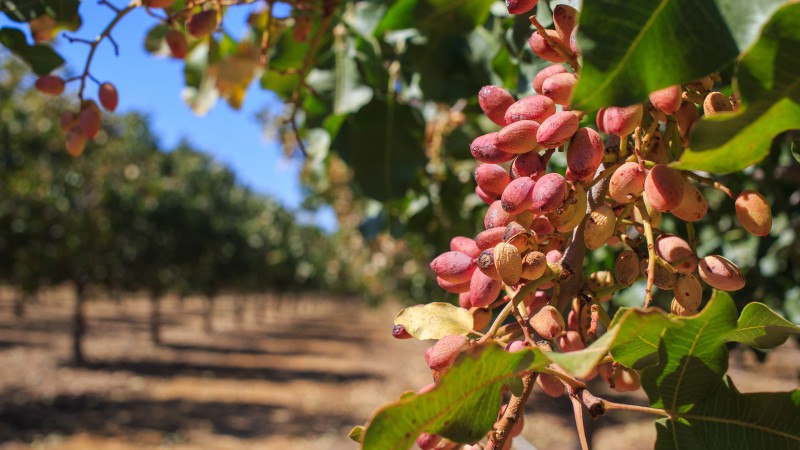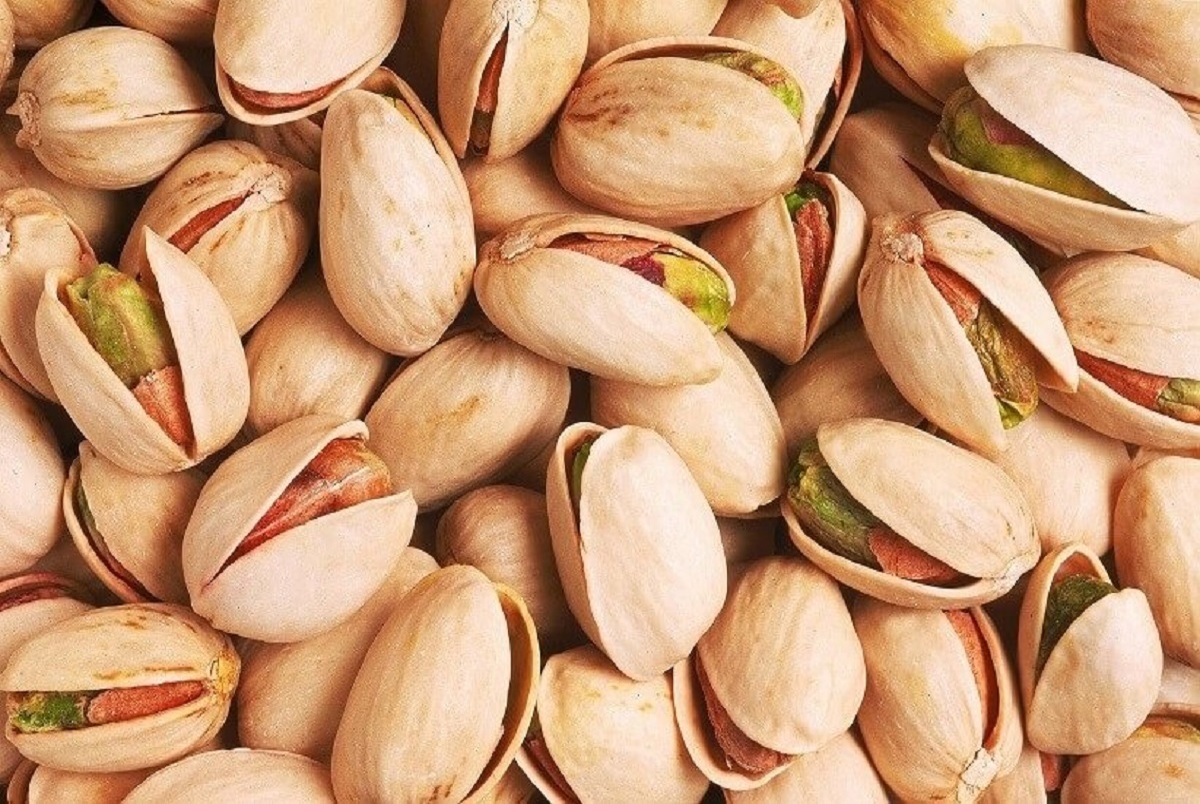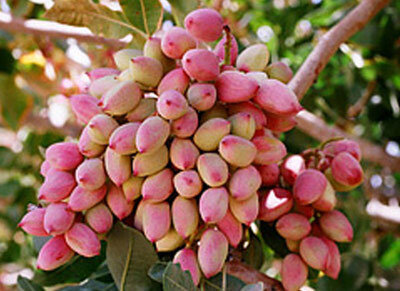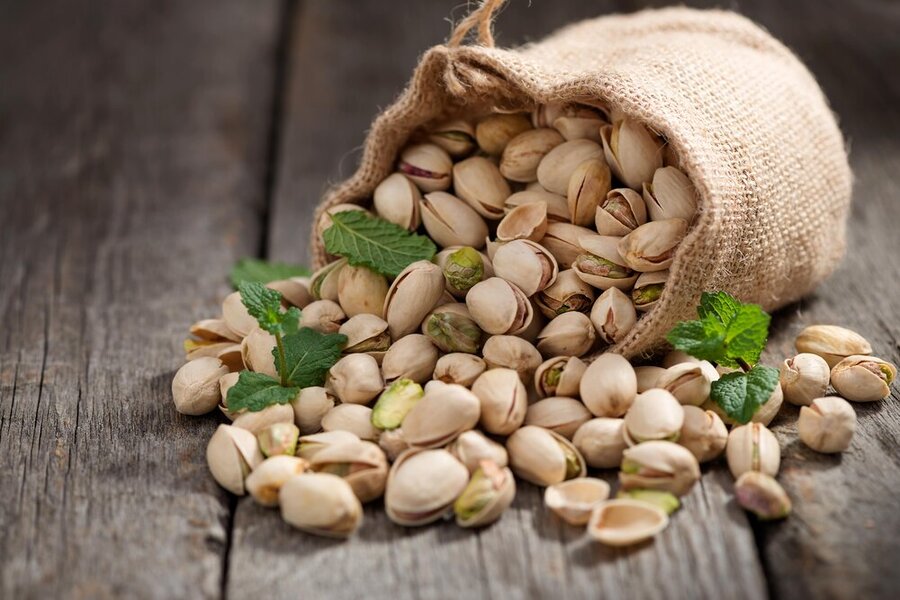Donya’e Eghtesad : Saffron, as a valuable medicinal plant, is one of the oldest and most expensive spices in the world, which has a special place among Iran’s industrial and export products. The high price of this product has caused it to be abused by profiteers in various ways.
A member of the faculty of the Food Science and Technology Research Institute said in this regard: Saffron has always been considered by profiteers to benefit from the booming trade of this product. To reduce production costs, these people usually cheat using various organic and mineral materials and package and market counterfeit dyed saffron or mixed with pure saffron of poor quality and quantity and endanger people’s health. Abdullah Malafilabi said: “Counterfeit saffron is usually obtained by adding plant-based ingredients, such as creams that have been dyed with Brazilian wood, sandalwood and artificial colors (such as tartrazine).”
Lafilabi continued: Adding the organs of plant materials similar to saffron such as sage, sage flower (safflower or safflower), marigold spring sepals, colored corn cobs, yellow flags of some flowers, turmeric, cloves, stained wheat root, common onion root with barley It is dyed, red soil as well as cooked noodles of beef and chicken, etc. are among the other frauds in this product. He continued by stating that various researches have been done in the field of identifying and distinguishing genuine saffron from counterfeit: the method of using artificial intelligence techniques and deep learning is one of the newest solutions in this field. “Other identification methods include color reactions, microscopic examinations, thin layer chromatography (TLC) and high performance liquid chromatography (HPLC). HPLC is the most effective method in this field,” he added. He pointed out that one of the most important frauds of saffron is the coloring of saffron cream with artificial and natural colors in the orange and red spectra. Computer image processing and artificial intelligence are based on deep learning, which has been proposed as a new method with a high accuracy of 95% for the detection and identification of colored non-genuine saffron. He said: “The action of the Food Science and Technology Research Institute to combat these frauds includes the use of artificial intelligence techniques based on deep learning and processing of image data, through which the characteristics of genuine saffron are identified and distinguished from counterfeit saffron.” In using this technique, no part of saffron is lost, also no special laboratory equipment is needed and the process of identifying saffron is done quickly with high accuracy.
Malafilabi said: “To develop this applied research project in the near future, the researchers of this project intend to make it possible for everyone to identify genuine saffron from counterfeit saffron by designing a smart system that can be installed on mobile phones.”
Author: Atefeh Pedramifar





